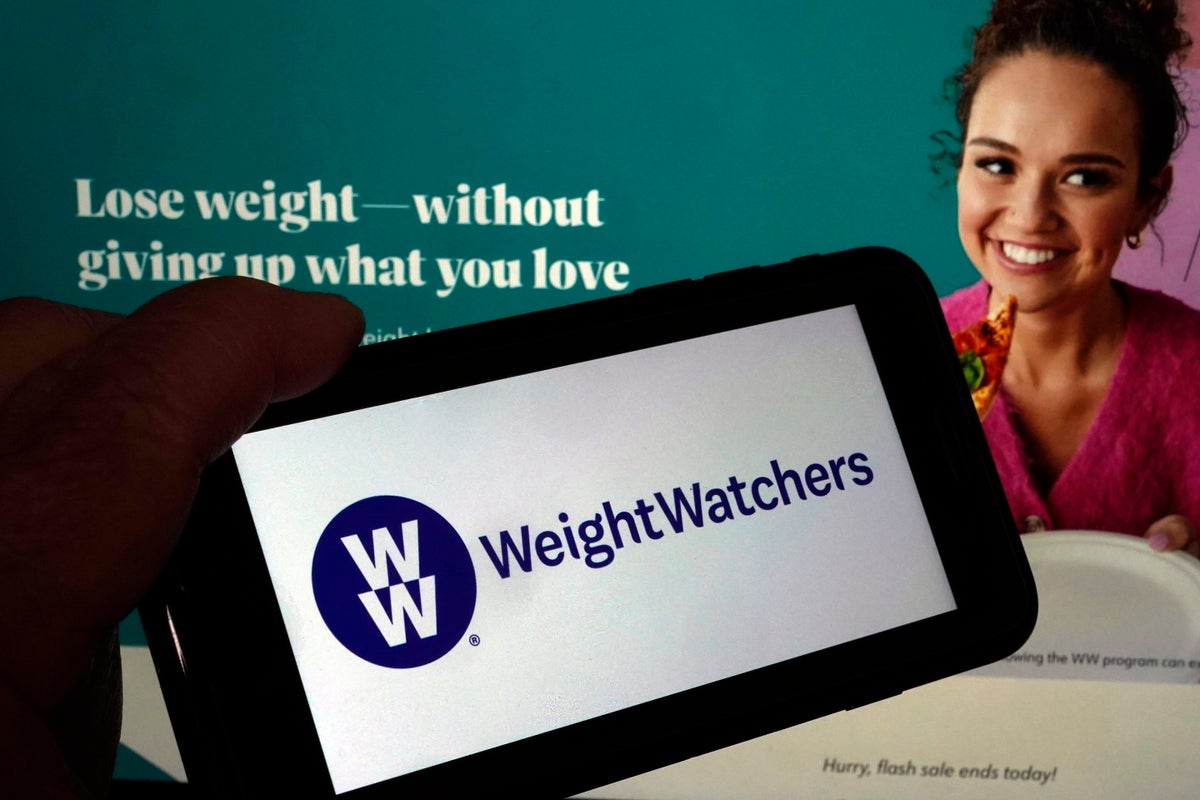
Since 1963, it has been a go-to destination for those complaining of a straining waistband.
Now, Weight Watchers has filed for bankruptcy as the health and wellness company’s business model struggles to compete in a weight-loss market dominated by drugs such as Ozempic and online fitness influencers.
The New York-based company, which rebranded as WW International in 2018, filed for Chapter 11 bankruptcy in Delaware on Tuesday. It hopes to eliminate debts of more than $1.1bn while positioning the “company for long-term growth and success”. This type of bankruptcy permits a company to restructure its assets and debts to stay in business.
WW International revealed in its first quarter results on Tuesday that subscribers were down more than 14 percent compared to the same period last year, at 3.4 million. Revenues of nearly $187m plunged almost 10 percent compared with the year prior.
The company is due to be taken over by a group of investors, while shareholders will retain a 9 percent stake once the process is complete in 45 days, per the filing.
CEO Tara Comnte said in a statement on Tuesday that the decision “will give us the flexibility to accelerate innovation, reinvest in our members, and lead with authority in a rapidly evolving weight management landscape”.
.jpg)
Jean Nidetch, a married mother of two from Queens, founded the company following her weight-loss journey in the early 1960s, when she was mistaken for pregnant in a local supermarket.
After that run-in, Nidetch shed approximately 72 pounds and kept it off by following a strict diet, which included eating lots of liver and fish, overseen by the New York City Board of Health Obesity Clinic.
Starting in 1963, Nidetch invited six friends, all women struggling with their weight, to meet weekly in her home to both support and commiserate with each other.
She went on to charge members a fee in exchange for calorie-counting programs, meetings, and sharing stories. Nidetch encouraged her members to be responsible and eat lots of fish.
After two years, the self-described “fat housewife” turned her weight-loss success story into a multimillion-dollar empire.
The company evolved by adding an exercise regime and implementing a new system: tallying up points based on portion sizes and what you eat.

In 2015, Oprah Winfrey purchased a 10 percent stake in Weight Watchers and joined the company’s board of directors. She credited the company with helping her lose 40 pounds.
By 2018, share prices had risen thirteenfold to about $100 since the veteran talk show host first became one of the company’s biggest backers. In 2020, Weight Watchers’ subscribers worldwide peaked at 5 million.
Then the Covid-19 pandemic hit, resulting in a vast drop in members attending in-person meetings.
In December 2023, Winfrey revealed that she had been using Ozempic. She left the board several months later, sending stocks tumbling.
That year, the company acquired Sequence, a subscription-based telehealth platform, and began offering weight-loss medications.
While Weight Watchers’ 2025 Q1 report showed that gross revenues were down, revenues from Clinical, which was rebranded from Sequence, grew 57 percent year over year.
Down from the dizzying heights of 2018, the company’s shares closed at 79 cents on Tuesday.
Judge expresses sympathy for fired federal workers but questions if reinstatement is proper remedy
Rite Aid filing second bankruptcy as it seeks job cuts
OpenAI reverses course and says its nonprofit will continue to control its business
Pam Bondi dismisses claim Epstein info is missing
Kari Lake announces partnership between OAN and Voice of America to push MAGA message
Melania hosting a White House event to honor Barbara Bush – George is skipping it







